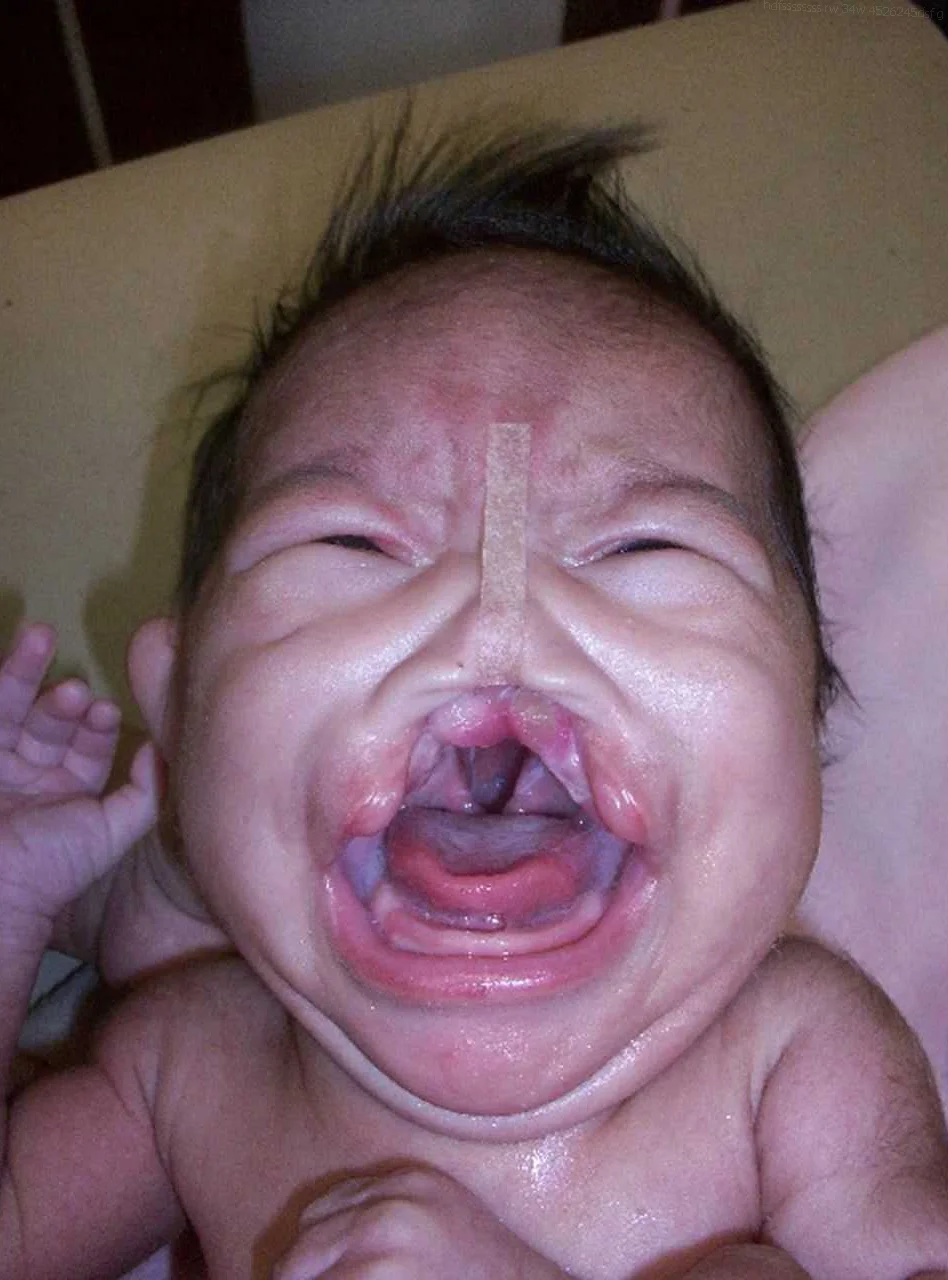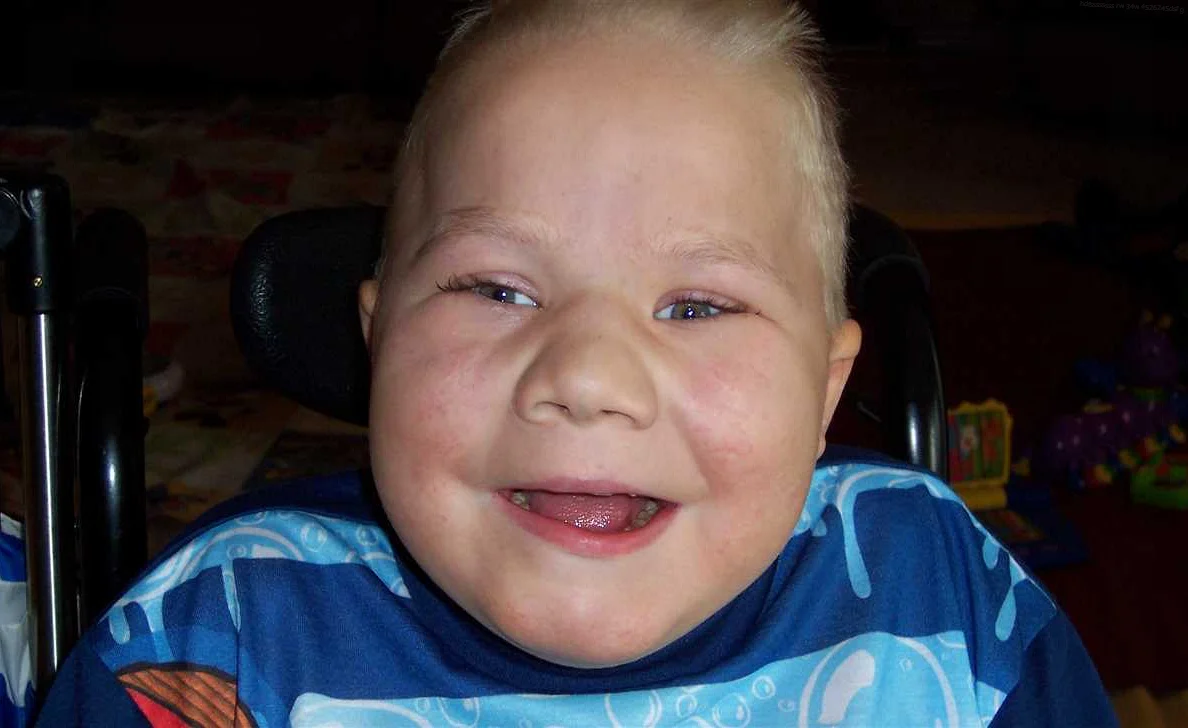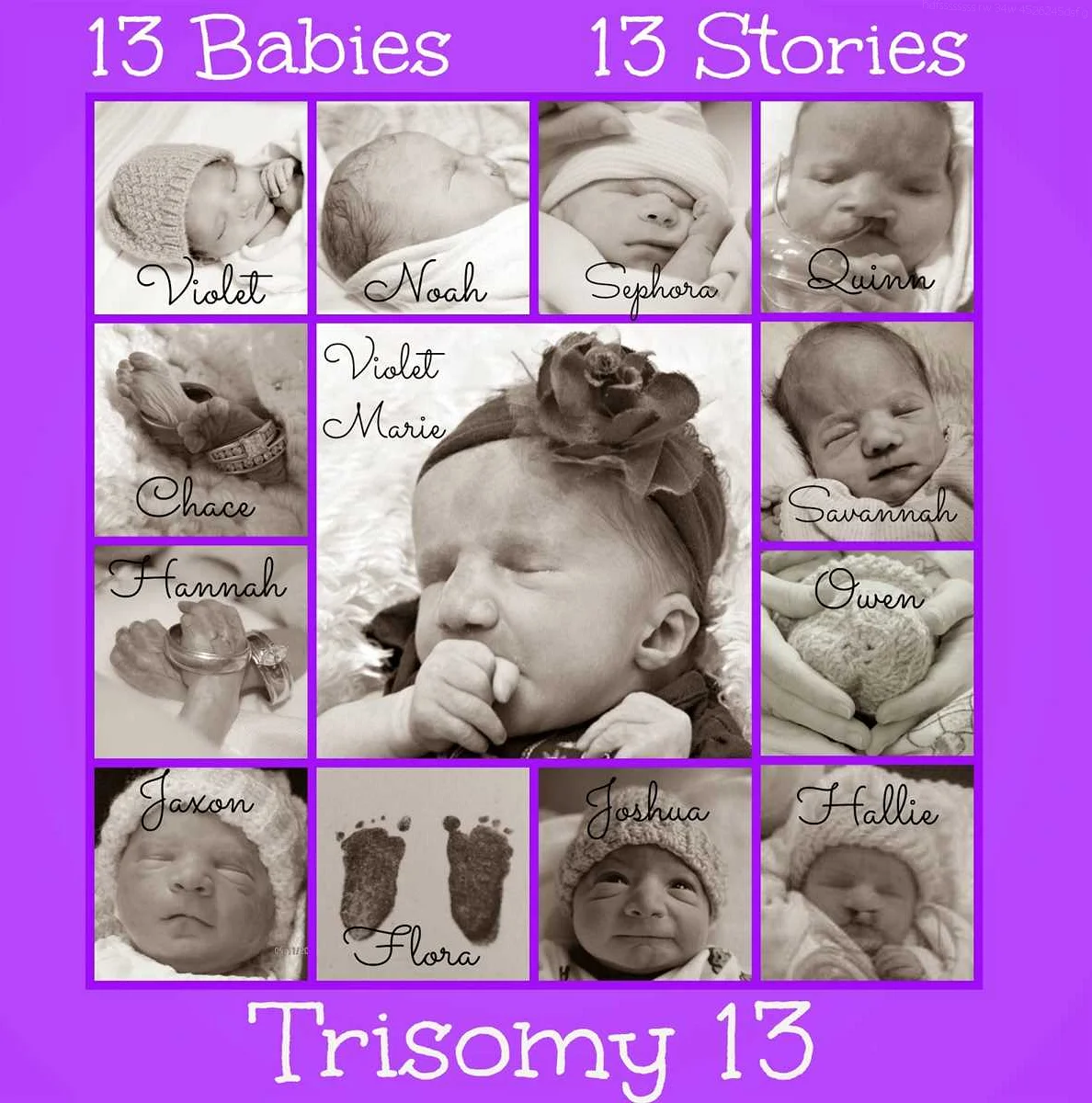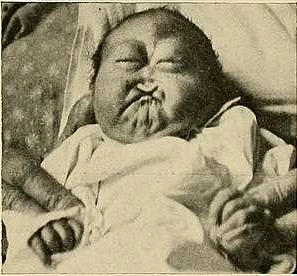Trisomy 13: Causes, Symptoms, and Treatment
Содержимое
Trisomy 13, also known as Patau syndrome, is a genetic disorder caused by the presence of an extra copy of chromosome 13. It is characterized by multiple birth defects and intellectual disabilities. Learn more about the symptoms, diagnosis, and treatment options for Trisomy 13.
Trisomy 13, also known as Patau syndrome, is a rare chromosomal disorder that affects approximately 1 in every 8,000 to 12,000 live births. It occurs when a person has an extra copy of chromosome 13 in their cells, resulting in various physical and intellectual disabilities.
The causes of trisomy 13 are not yet fully understood, but it is believed to occur randomly during the formation of reproductive cells or early fetal development. Advanced maternal age is considered a risk factor, as older women have a higher chance of producing eggs with chromosomal abnormalities.
Trisomy 13 can lead to a range of symptoms and health problems, including severe intellectual disability, heart defects, cleft lip and palate, extra fingers or toes, and structural abnormalities of the brain and other organs. These symptoms can vary in severity, and individuals with trisomy 13 may have different combinations of features.
Treatment for trisomy 13 focuses on managing the individual’s symptoms and providing supportive care. Due to the severity of the condition, many infants with trisomy 13 do not survive past the first year of life. However, with appropriate medical interventions and supportive measures, some individuals with trisomy 13 can live into adulthood.
In conclusion, trisomy 13 is a complex genetic disorder that poses significant challenges for affected individuals and their families. Further research is needed to better understand the causes and develop more effective treatments. In the meantime, early diagnosis, multidisciplinary care, and support can help improve the quality of life for those living with trisomy 13.
What is Trisomy 13?

Trisomy 13, also known as Patau syndrome, is a genetic disorder caused by the presence of an extra copy of chromosome 13. Normally, each person has two copies of each chromosome, but individuals with trisomy 13 have three copies of chromosome 13 in every cell of their body. This additional genetic material disrupts normal development and often leads to severe physical and intellectual disabilities.
The extra copy of chromosome 13 can result from errors during cell division in either the sperm or the egg, or it can occur shortly after fertilization. The exact cause of these errors is still unknown, but the risk of having a child with trisomy 13 increases with maternal age.
Trisomy 13 affects approximately 1 in every 10,000 to 16,000 live births. It is more common in females than males, and it can occur in individuals of all ethnic backgrounds.
Common symptoms of trisomy 13 include facial abnormalities, such as cleft lip or palate, small eyes, and low-set ears. Other physical features may include extra fingers or toes, heart defects, and kidney or genital abnormalities. Babies with trisomy 13 often have severe developmental delays, intellectual disability, and may experience seizures.
There is no cure for trisomy 13, but treatment focuses on managing the symptoms and providing supportive care. This may include surgeries to correct physical abnormalities, therapy to support development and improve quality of life, and interventions to address associated medical issues.
It’s important to note that the severity of trisomy 13 can vary widely among individuals. Some children may live only a few hours or days, while others may survive into childhood or adulthood with significant medical and developmental challenges.
Trisomy 13 is a complex genetic condition that requires ongoing medical care and support. It’s important for individuals with trisomy 13 and their families to work closely with a qualified healthcare team to ensure the best possible outcomes and quality of life.
Causes of Trisomy 13

Trisomy 13, also known as Patau syndrome, is caused by the presence of an extra copy of chromosome 13 in the cells of the body. Normally, each cell in the body has 23 pairs of chromosomes, for a total of 46 chromosomes. Trisomy 13 occurs when there is an error in cell division during the formation of eggs or sperm, leading to the presence of an additional copy of chromosome 13.
This error in cell division is usually a random event and is not inherited from the parents. However, there are some factors that may increase the risk of having a child with trisomy 13. Advanced maternal age, usually over the age of 35, is a known risk factor. Certain genetic conditions, such as translocation, can also increase the risk of trisomy 13.
Trisomy 13 is a rare condition, occurring in approximately 1 in every 16,000 births. It affects both males and females, and there is no known ethnic or racial predisposition. The exact cause of the extra chromosome in trisomy 13 is not fully understood, but it is believed to be a result of a random error during cell division.
It is important for individuals and families affected by trisomy 13 to understand that it is not caused by anything they did or did not do. It is a genetic condition that occurs by chance and cannot be prevented. Genetic counseling can help provide information and support for individuals and families who may be at risk for having a child with trisomy 13.
Symptoms of Trisomy 13

Trisomy 13, also known as Patau syndrome, is a chromosomal condition that results in severe developmental abnormalities. The extra copy of chromosome 13 disrupts the normal development of various body systems, leading to a range of symptoms that can vary in severity.
Some common symptoms of Trisomy 13 include:
| Cleft lip and palate | A split in the upper lip and/or roof of the mouth |
| Polydactyly | Extra fingers or toes |
| Microcephaly | An abnormally small head |
| Severe intellectual disability | Limited cognitive function and developmental delays |
| Heart defects | Structural abnormalities in the heart |
| Eye abnormalities | Cataracts, coloboma (a gap or hole in the structures of the eye), or other eye malformations |
| Holoprosencephaly | Underdevelopment or fusion of the brain’s hemispheres |
| Scalp defects | Missing or abnormal patches of skin on the scalp |
| Seizures | Recurrent episodes of abnormal electrical activity in the brain |
| Kidney defects | Malformations or abnormalities in the kidneys |
In addition to these physical symptoms, Trisomy 13 can also cause other health issues, such as feeding difficulties, breathing problems, and a higher risk of infections. It’s important for individuals with Trisomy 13 to receive specialized medical care and support to manage their symptoms and optimize their quality of life.
Diagnosis of Trisomy 13

Trisomy 13, also known as Patau syndrome, is a genetic disorder caused by having three copies of chromosome 13 instead of the usual two. The diagnosis of trisomy 13 is usually made during pregnancy or shortly after birth, as the condition can result in a range of physical and mental abnormalities.
There are several diagnostic methods that can be used to identify trisomy 13. The most common tests include:
| Amniocentesis | This procedure involves removing a small amount of amniotic fluid from the uterus to analyze the fetal cells for chromosomal abnormalities. It is usually performed during the second trimester of pregnancy. |
| Chorionic villus sampling (CVS) | In this procedure, a small sample of tissue from the placenta is obtained and tested for chromosomal abnormalities. It can be performed during the first trimester of pregnancy. |
| Ultrasound | An ultrasound can detect physical abnormalities in the fetus, such as heart defects, cleft lip and palate, and brain abnormalities. It can be used to indicate the possibility of trisomy 13, but a definitive diagnosis requires further testing. |
| Genetic testing | Genetic testing, such as a karyotype or fluorescent in situ hybridization (FISH), can provide a definitive diagnosis of trisomy 13 by analyzing the chromosomes for abnormalities. |
It is important to note that these tests carry a small risk of miscarriage or other complications, and the decision to undergo testing should be made in consultation with a healthcare provider.
Early detection of trisomy 13 is crucial for the management and treatment of the condition. A prenatal diagnosis allows parents to make informed decisions about their pregnancy and plan for the specialized care that may be required for a child with trisomy 13.
Treatment options for Trisomy 13
Trisomy 13, also known as Patau syndrome, is a genetic disorder that occurs when an individual has an extra copy of chromosome 13. This condition can lead to a variety of physical and developmental abnormalities, and there is currently no cure for Trisomy 13. However, there are treatment options available that can help manage the symptoms and improve the quality of life for individuals with this condition.
The treatment for Trisomy 13 is typically focused on addressing the specific health issues that may arise as a result of the condition. This may involve a multidisciplinary approach, with a team of specialists working together to provide comprehensive care. Treatment options may include:
1. Medical interventions: Depending on the specific symptoms and complications experienced by the individual, various medical interventions may be necessary. This can include surgeries to correct structural abnormalities such as heart defects or cleft palate, as well as medications to manage seizures, respiratory issues, and other medical problems.
2. Supportive care: Individuals with Trisomy 13 often require ongoing supportive care to manage their daily needs. This can involve feeding and respiratory support, physical and occupational therapy to improve motor skills and function, and early intervention services to support developmental milestones.
3. Palliative care: In some cases, the prognosis for individuals with Trisomy 13 may be poor, and the focus of treatment may shift towards palliative care. This type of care aims to improve the quality of life for the individual by managing pain and discomfort, providing emotional support for the family, and ensuring that the individual’s needs are met.
4. Family support: The diagnosis of Trisomy 13 can be overwhelming for families, and it is important that they receive appropriate support. This can include access to genetic counseling to better understand the condition and its implications, as well as support groups and resources to help navigate the challenges that can arise.
It is important to note that the treatment options for Trisomy 13 are individualized and may vary depending on the specific needs and circumstances of each individual. It is essential for families to work closely with their healthcare providers to develop a comprehensive treatment plan that addresses the unique challenges associated with this condition.